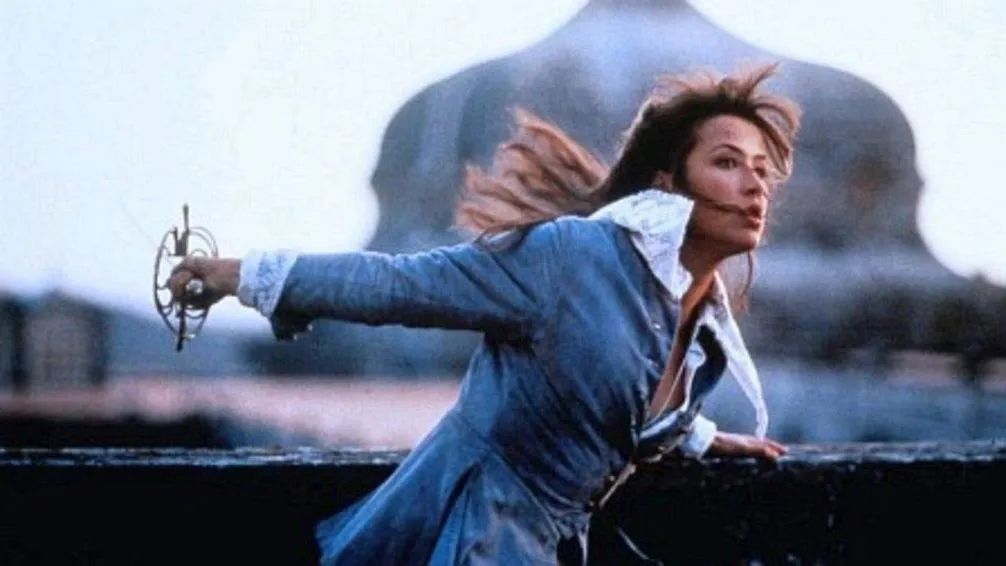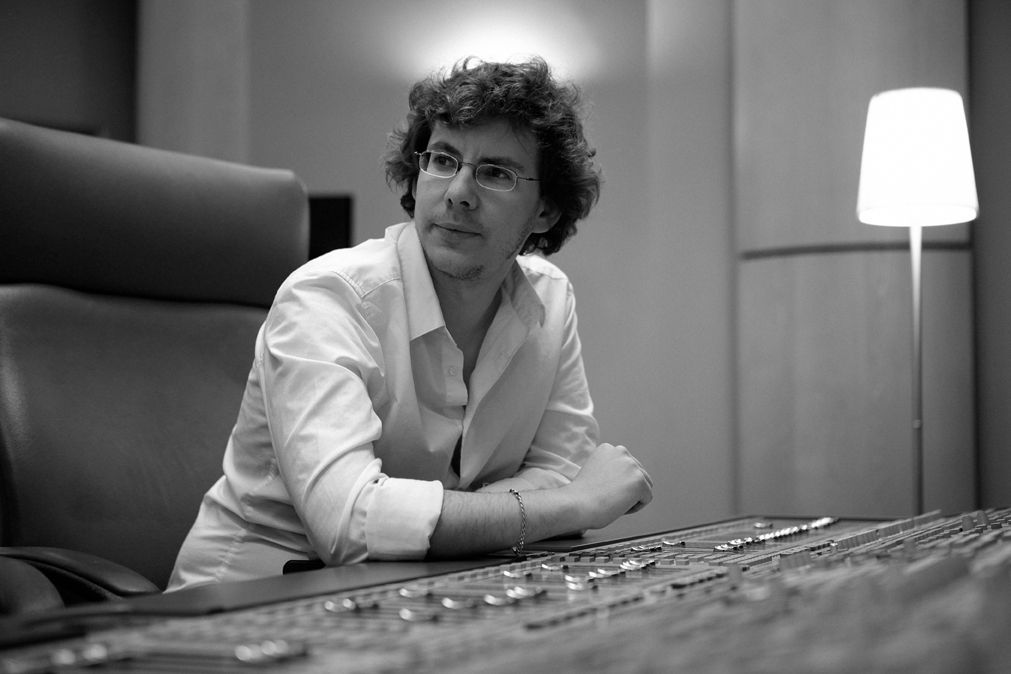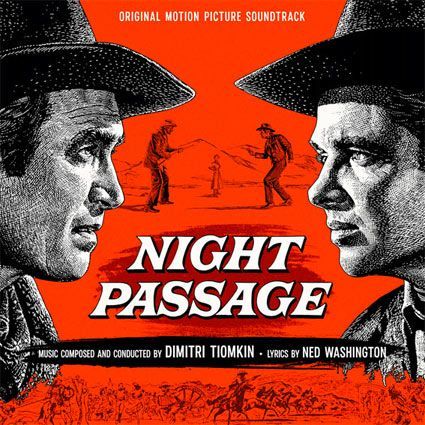Philippe Sarde on scoring La Fille de d'Artagnan

An Interview with Philippe Sarde by Yves Taillandier and Alain Decharte
Originally published in Soundtrack Magazine Vol.13 / No.52 / 1994
Text reproduced by kind permission of the publisher, Luc van de Ven
La Fille de d’Artagnan marks Philippe Sarde's return to a major score in his career. The award-winning Sony Classical recording has been specially reworked for the occasion. Philippe Sarde tells us more...
How did you approach this kind of film, for which you'd never worked before?
For me, orchestral color is the most important thing when I approach a film score. I do it in the manner of a director or writer who situates his characters in time and space. The dialogue comes next. All you have to do is choose what kind of sound universe we're going to wander into. From there, you can build the music and write it. For me, the music always comes second, instinctively. LE NOM DE LA ROSE, which I'd started working on, had already given me an insight into the world of early music, and that first approach served me well for this film. However, in LA FILLE DE D'ARTAGNAN, I approached Baroque music in a way that had never been imagined. Because of its mixtures, it's a genre I've revisited 100%...
Your music, however, is heavily influenced by the Baroque style...
I worked with a musicologist to keep an eye on things and make sure I didn't make any mistakes. For example, I wanted the texts to be authentic, unlike the music, which is completely original. I didn't write it "in the manner" of Baroque music. On the other hand, it has all the basic characteristics of the genre. So, the music is not borrowed, but sometimes revisited. This enabled me, for example, to insert harmonic phrases by Sauget and Ravel into the score. For the latter, it was fun to do so, as he was an atheist, never wrote liturgical music and never wrote for violas da gamba. So I had fun writing these harmonies, for this instrument alone, in the piece entitled "La Passion Selon Eloïse".
What prompted you to rework the content of the album in relation to the music in the film?
The music in the film was quite short. There are 12 significant minutes of music from the film on the disc. The themes are the same, but they've been treated in a more developed way. I'd been working on this score for a very long time, and I'd ended up accumulating a considerable amount of material. Even though there are only 35 minutes in the film, I worked on around 1h30 of music. Not because the film needed it, but because this century interested and inspired me. After that, I said to myself that there was no reason to make a record and produce it in such a way that it could be listened to independently of the images. This long process got under way, and I needed a record company that was really motivated to do it. So I did it with Sony Classical, and it's the first time in Europe that a soundtrack has been released on this label.
Did you record the album at the same time as the film?
My idea was to record on the same day, because of the difficulties involved in getting all the musicians together. But, due to a question of budget and time, it couldn't be done. My problem was to find the same musicians and record in the same studio to benefit from the same acoustics. It took Nat Peck and myself two months to achieve this. It was an impossible challenge, because everything had to be done before the film was released. In the end, we managed to record almost 50 minutes of music in 14 hours of work. Again, it was a tour de force... Sony Classical also did a fantastic job, doing everything they could to get everything ready on time, even producing the CD booklet at the same time as I was preparing the score.
Who financed this recording?
It was made possible thanks to an advance on royalties. In other words, Sony gave its shares to "Little Bear", "Ciby 2000" and myself, and it was all these royalties together that made it possible to finance the recording for the CD. Sony then became co-publisher of the music; it was very important to proceed in this way, as we avoided palavering over money problems; it was a considerable time-saver at the very moment when we had to save time.
Does being published by Sony Classical make you consider this music to be a classical work in its own right?
Today, yes, I do. Just as an opera is born of a libretto, the music on this CD is born of the film. I like that idea. The difference is that it's been fine-tuned and presented in a finished form. I didn't do it just to please myself, but to see the culmination of a year's research and work. For LA FILLE DE D'ARTAGNAN, I really fought to get a CD just as I wanted it and as it is today. I also wanted to make an album in the image of the film, within everyone's reach and that could be listened to without getting bored, which is no easy task for Baroque music...



